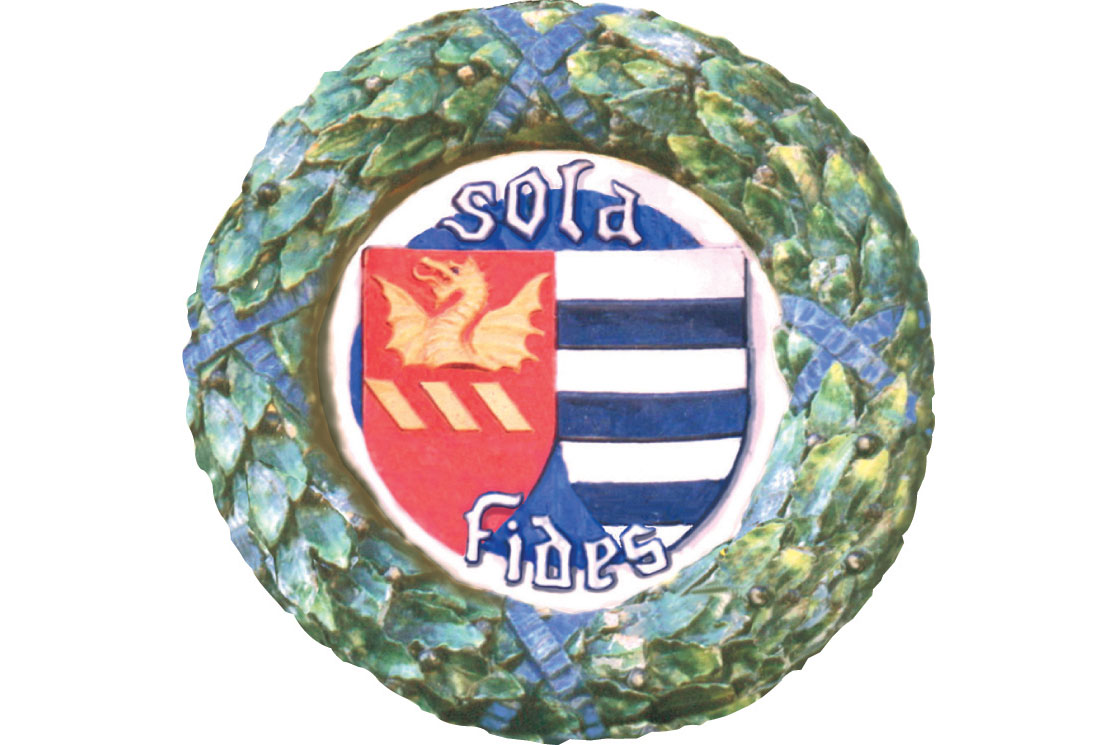History of the Varietal
The question of how ancient the cultivation of Sagrantino in Montefalco is has always been up for debate. There are, nevertheless, numerous historical references to the matter. Pliny the Elder, in his Naturalis Historia, speaks of the Itriola grape grown in the areas of Mevania (in Roman times, Montefalco was part of the city of Bevagna n.d.r.) and of Piceno: “Itriola Umbriae Mevanatique et Piceno agro peculiarisest”. Some sources believe that the vine was imported from Asia minor by followers of Saint Francis returning from evangelical voyages around the 14th or 15th centuries. Other theories regarding the origin of Sagrantino affirm that the grape’s origins lie in Spain, or that its introduction was the work of the Saracens. However, as the Sagrantino grape variety does not share any commonalities with other vines, it may be considered a variety of local origin (commission for the ampelographic study of the principal grapevine varieties cultivated in Italy – Mi.p.A.F), thus showing the absence of possible relations to a noted vine commonly cultivated in the wine-producing areas of central Italy, as was previously thought (by 1596 Andrea Bacci had identified the ancient Itriola with the Passerina). The etymology of the name can be traced back to the Sacraments (from latin, “Sacer”- Sacred), as the grapes were cultivated by priests that obtained a passito destined for religious rites, or because it was the wine that farmers brought to the table for religious festivities or celebrations that punctuated the year, such as Easter or Christmas.
Characteristics
The Sagrantino grape yields wines of great structure, elegance, complexity and character, and with excellent ageing potential. The Montefalco Sagrantino Secco e Passito is protected by the DOCG quality guarantee since 1992.
It is a late-maturing variety characterized by an enormous wealth of polyphenols; it has a medium sized, rounded, three-pronged leaf; its clusters are medium or small, cylindrical or conical-cylindrical. The grapes are medium-sized, spherical, with black skin covered in a stratum of whitish bloom. It favours medium textured soil with high silica and clay content; it is of irregular production. It may suffer with the colds of winter and spring.
Thanks to its thick skin, rich in tannins, the Sagrantino among the grape varieties richest in polyphenols.
